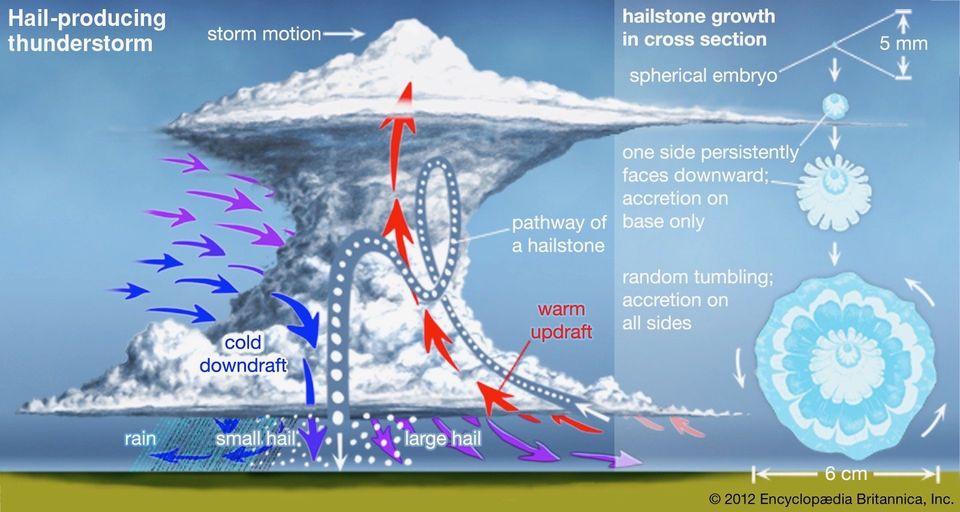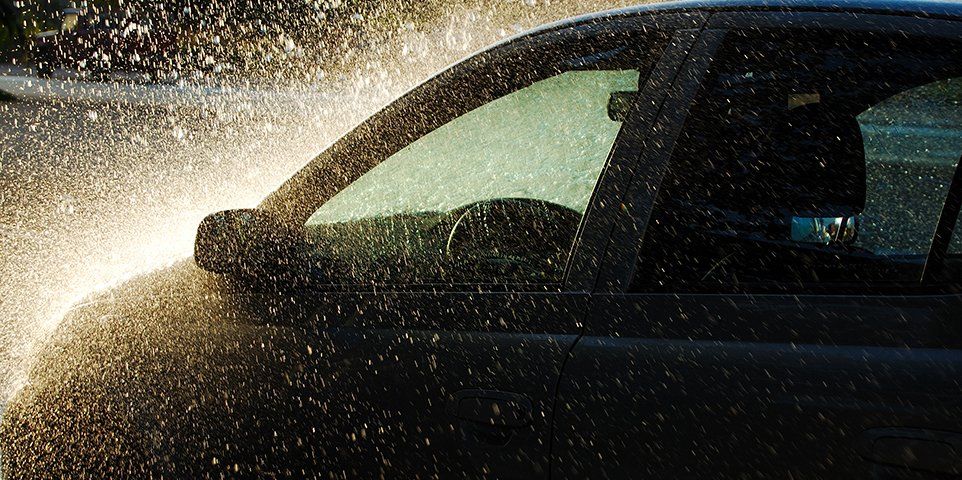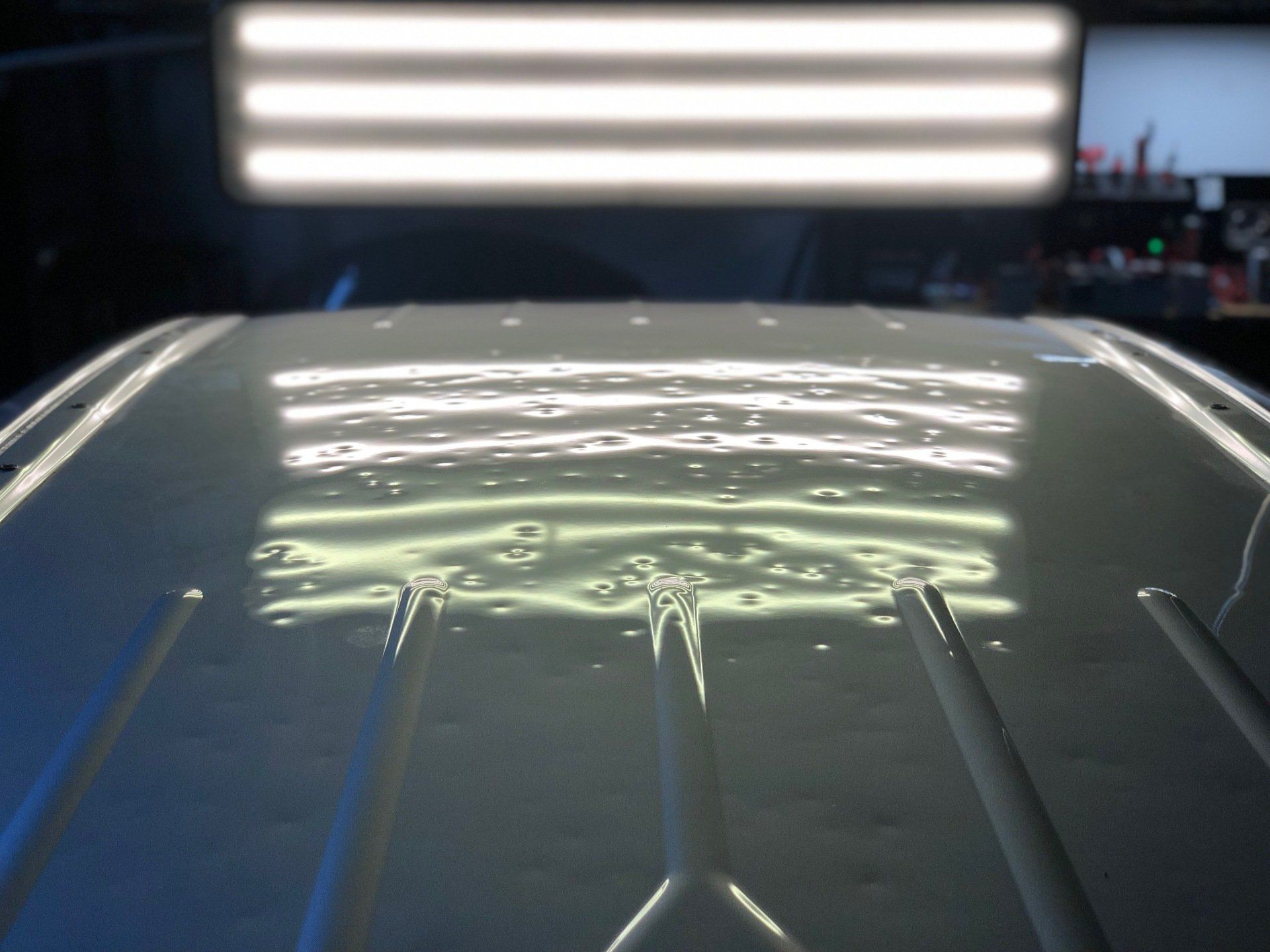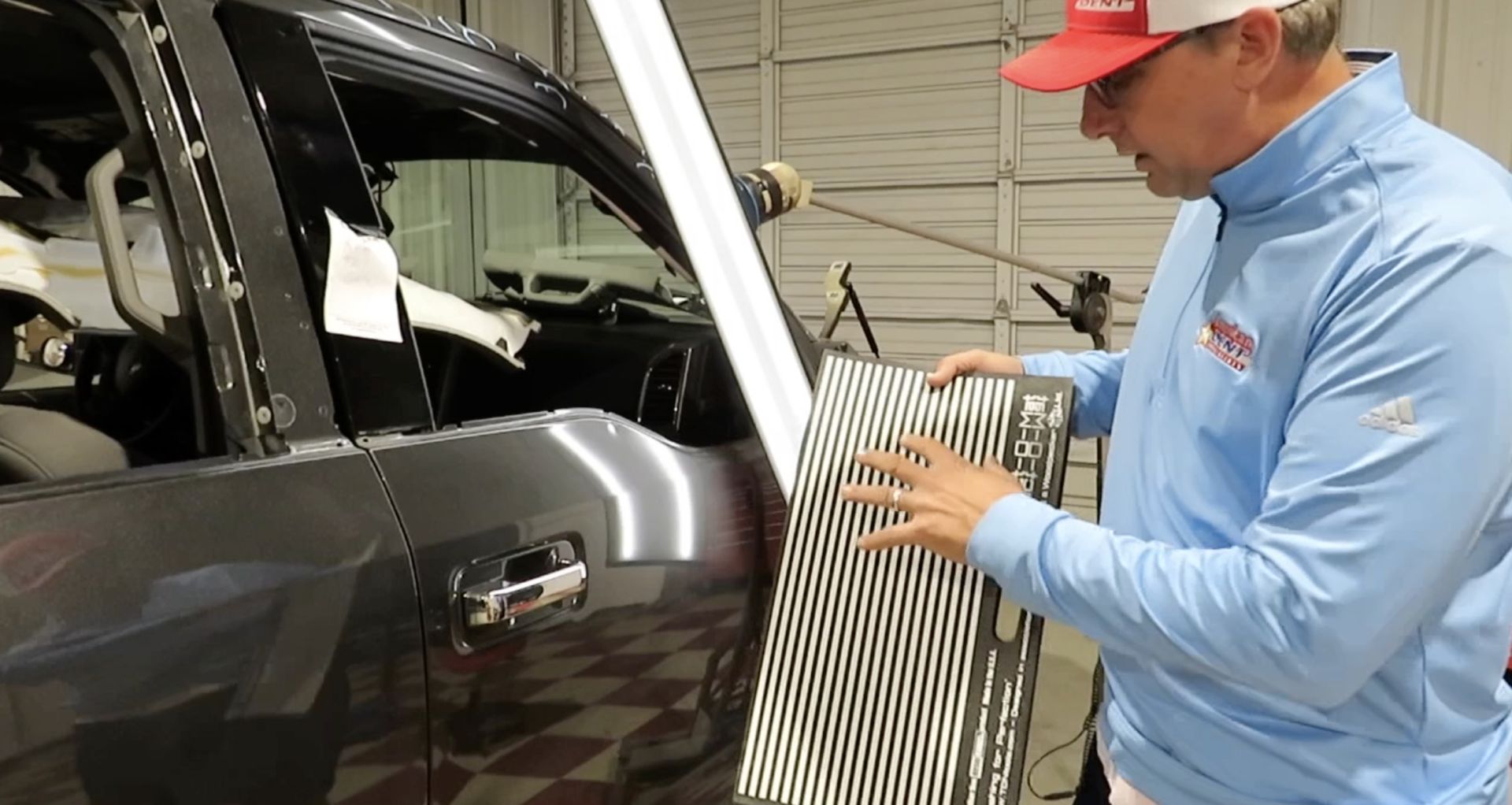Why is there hail season?
Why is there a hail season in Houston?

The main reason there's a hail season is because the conditions to form hail in the atmosphere have to be present in order for hail to form. In the continental United States, the hail season for the Southern States, Texas, Louisiana, Georgia, Alabama, Florida is January, February, March, and April, sometimes, into May and June. It can start earlier in the southern states because one of the main things that needs to be present in order to form hail is a warm front that is being confronted by a cold front, coming down from the North. The warm front has to have a lot of moisture in it. And the cold front has to have an atmospheric temperature below freezing.
Most hail is formed when there is an atmospheric temperature below freezing, below 11,000 feet. The conditions are normally better in the South, January, February, March, April, and May. In the middle of the country, during May, June, July, and August. And then, in the northern part of the country, in July, August, and September because the warm air is traveling further north. The cold air is being met by that warm front. The warm fronts have a lot of moisture in them, and it creates the conditions in which hail can be formed large enough to actually do damage. We can experience a lot of tornadoes in the summertime and a lot of thunderstorms. This is because these fronts are colliding and creating conditions where you can actually have the moisture and the warm front freeze in the atmospheric conditions of the cold front. Then, become large enough to fall and damage homes, vehicles, and people during these times.
National Geographic does an excellent job of discussing how hail is formed. We have included some of the highlights of this article below. To read the article in its entirety click here.
Hail is a type of precipitation, or water in the atmosphere. Hail is formed when drops of water freeze together in the cold upper regions of thunderstorm clouds. These chunks of ice are called hailstones. Most hailstones measure between 5 millimeters and 15 centimeters in diameter and can be round or jagged. Hailstones are not frozen raindrops. Frozen rain falls as water and freezes as it nears the ground. Hail actually falls as a solid.
Hailstones are formed by layers of water attaching and freezing in a large cloud. A frozen droplet begins to fall from a cloud during a storm but is pushed back up into the cloud by a strong updraft of wind. When the hailstone is lifted, it hits liquid water droplets. Those droplets then freeze to the hailstone, adding another layer to it. The hailstone eventually falls to Earth when it becomes too heavy to remain in the cloud, or when the updraft stops or slows down.
As a PDR company, we are positioned in Houston, Texas, to do automotive hail damage repair, paintless dent removal, paintless dent repair, auto hail damage repair because the conditions in our area to form hail lasts the longest from January through June. Our hail season in the Houston area is from January through June, in most cases. The earliest hailstorm that I've seen in Houston in my time in the PDR industry was January 8th, 2016. We had a large hail event here in Houston that covered most of the Southwest Freeway 59. It hailed six, seven, eight, nine times a year between January and June that does damage somewhere in the Houston metropolitan area, which is why we have established our five-star rated paintless dent repair and hail damage repair company here in Houston, Texas. American Dent has been serving the Houston area for over 21 years, locally owned and operated.
Share This Blog










